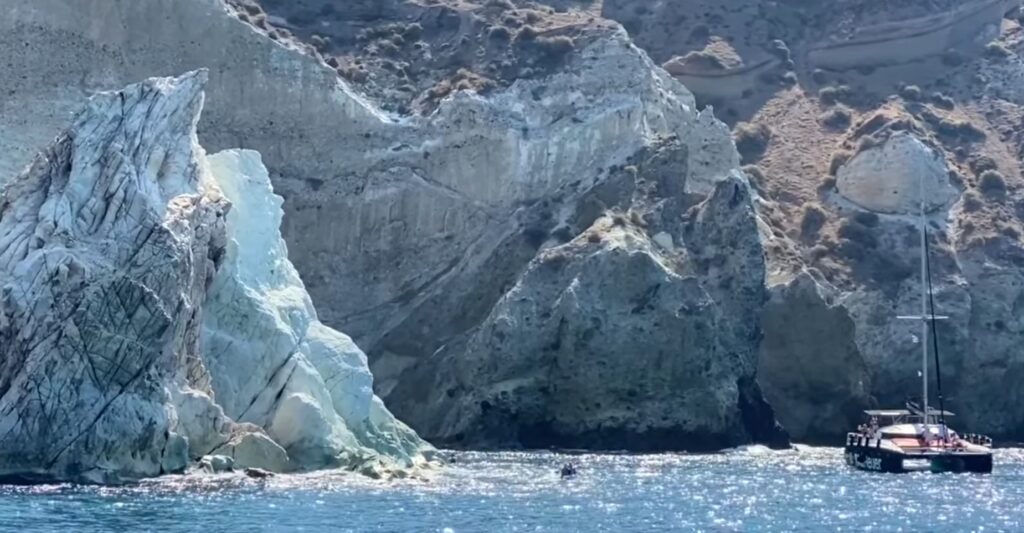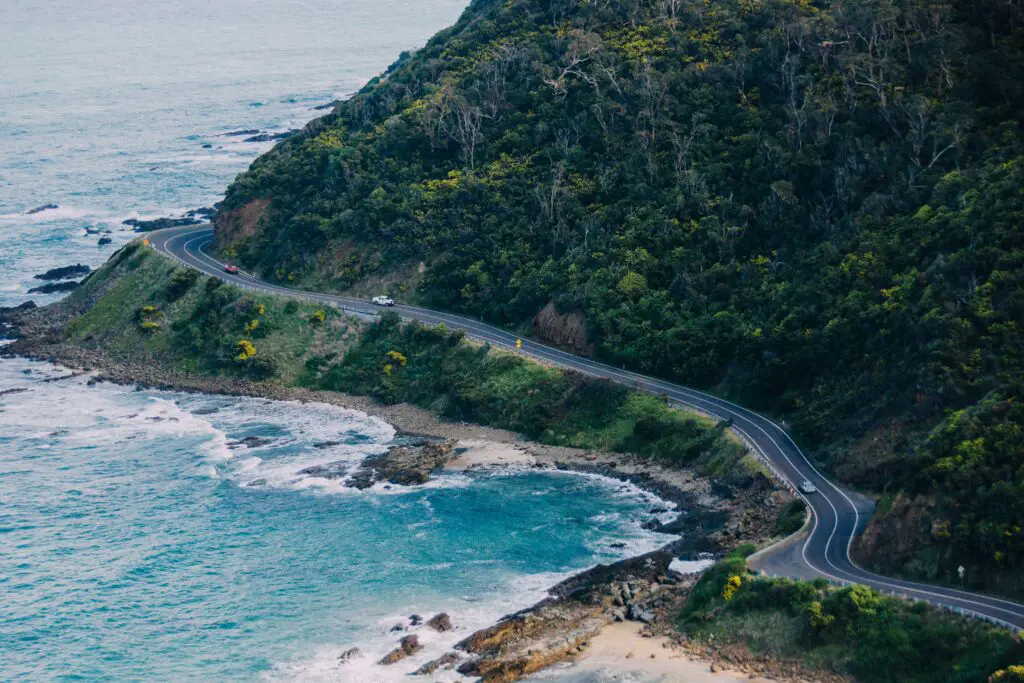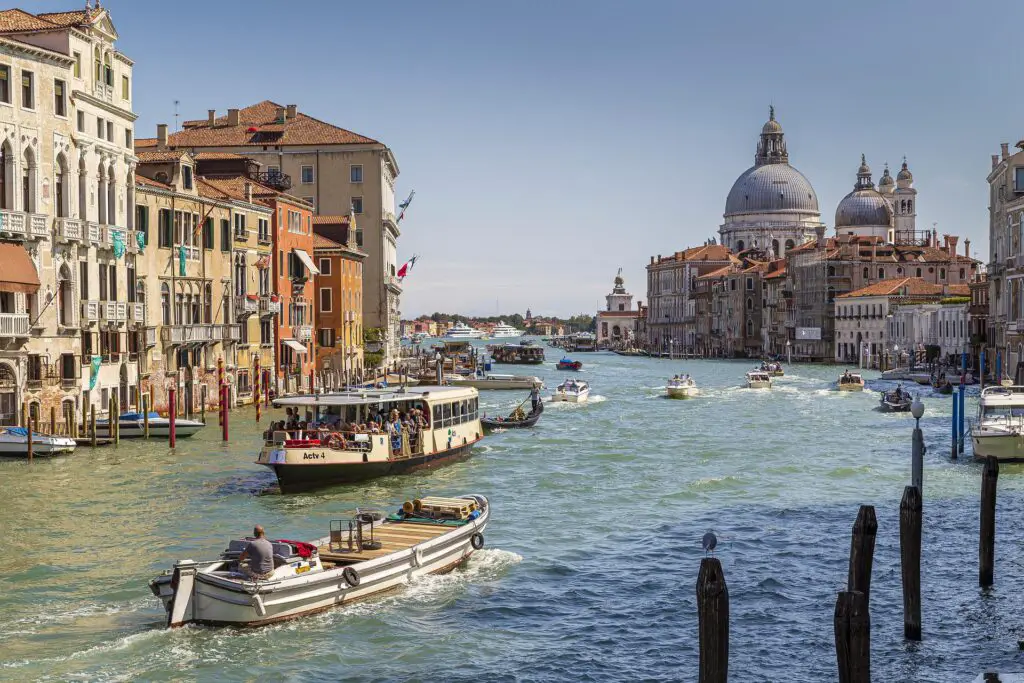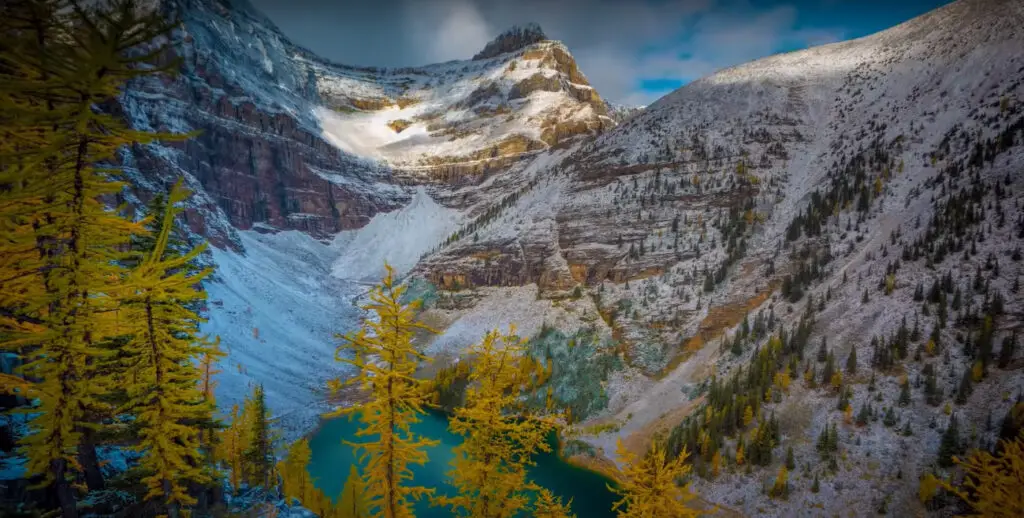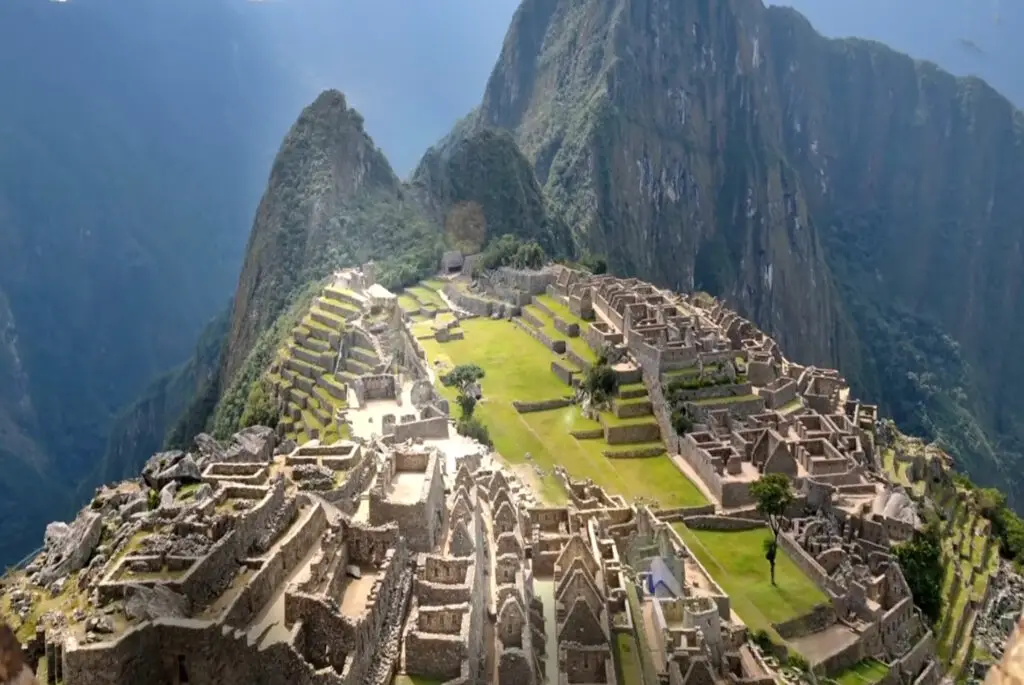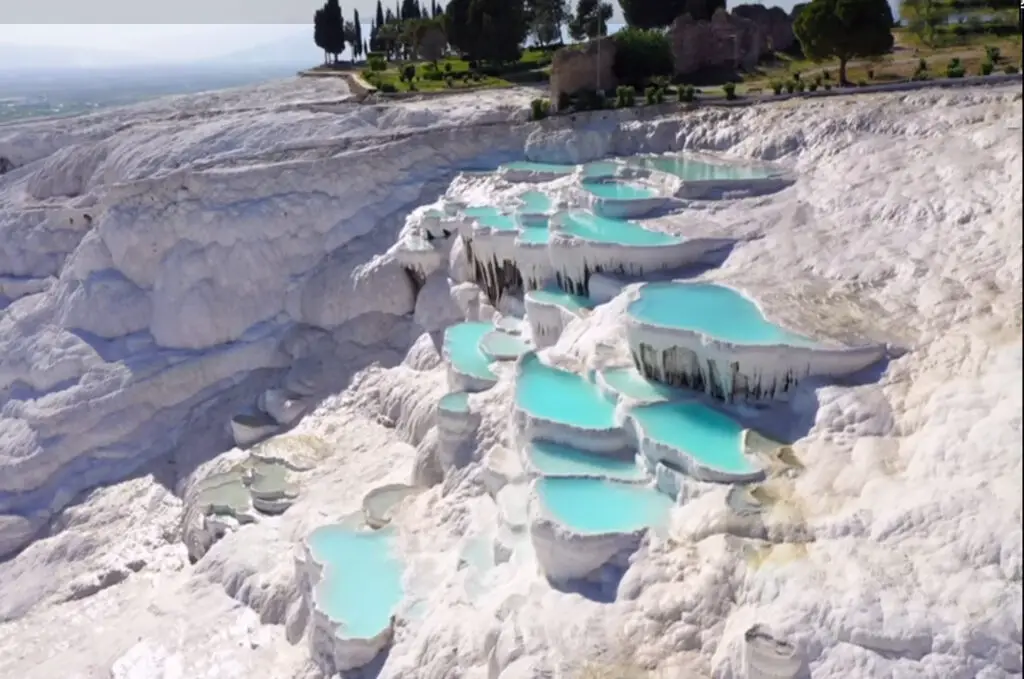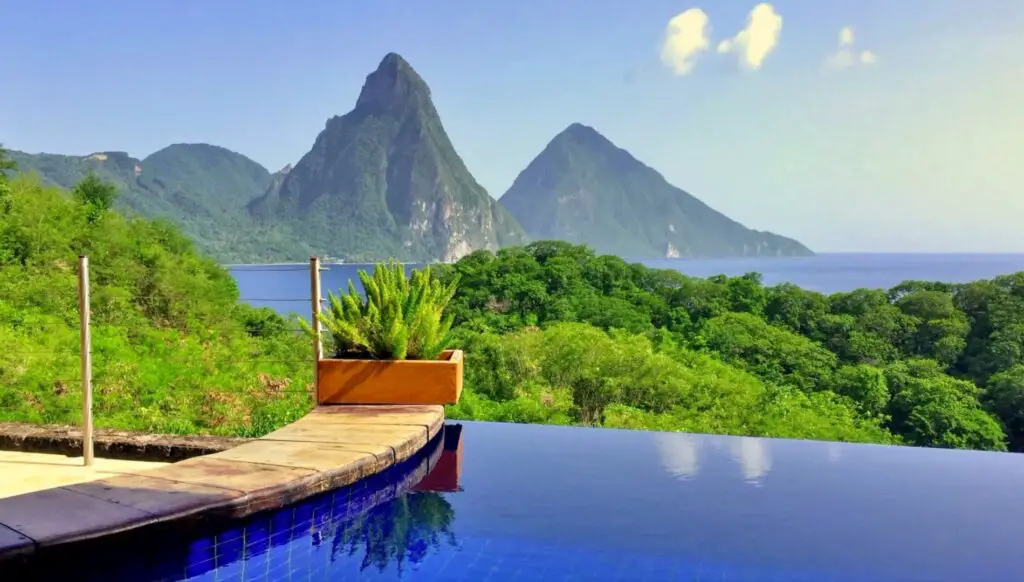Santorini is a beautiful island located in the southern Aegean Sea, known for its stunning views, picturesque villages, and unique geological formations. One of the most famous of these formations is the Santorini caldera, a large, deep basin that was formed by a volcanic eruption over 3,600 years ago.
Formation of Santorini Caldera
The Santorini caldera was formed during the Minoan eruption, one of the largest volcanic eruptions in recorded history. The eruption occurred in the late Bronze Age, around 1600 BC, and is estimated to have been four to five times more powerful than the eruption of Krakatoa in 1883. The eruption caused widespread destruction, with ash and volcanic debris raining down on the surrounding area, and a tsunami that devastated the nearby coasts of Crete and Egypt.
As the volcanic cone collapsed inward during the eruption, it formed a large, circular basin that is now known as the caldera. The caldera measures approximately 12 kilometers from one end to the other, and is up to 400 meters deep in some places.
Geology and Scenery of Santorini Caldera
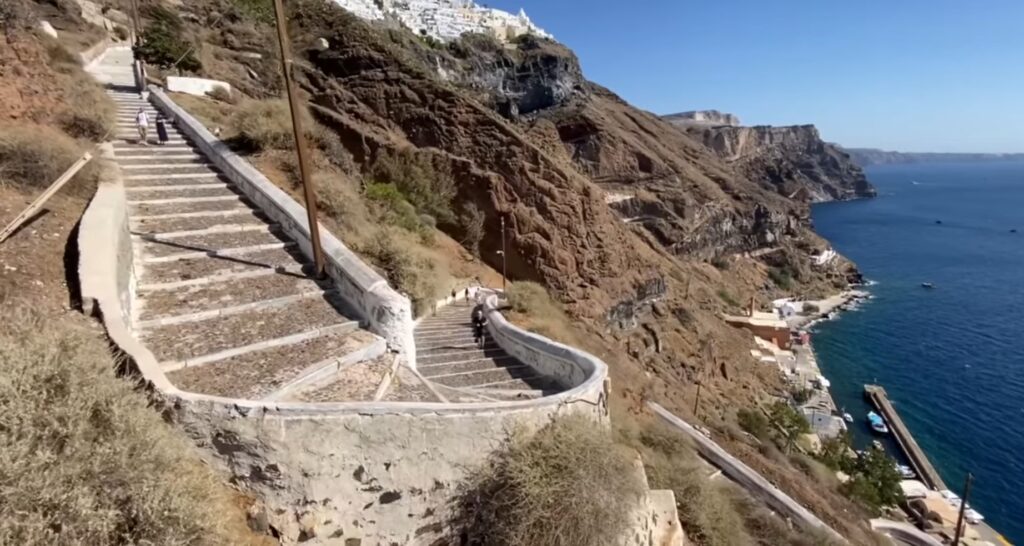 The caldera is a geological marvel, and one of the most stunning natural features of Santorini. The steep cliffs that surround the caldera are made of volcanic rock, and provide a breathtaking backdrop for the island’s famous sunset views. Visitors can take a boat tour of the caldera, or hike along the rim to enjoy panoramic views of the sea and surrounding islands.
The caldera is a geological marvel, and one of the most stunning natural features of Santorini. The steep cliffs that surround the caldera are made of volcanic rock, and provide a breathtaking backdrop for the island’s famous sunset views. Visitors can take a boat tour of the caldera, or hike along the rim to enjoy panoramic views of the sea and surrounding islands.
The caldera is also home to several small islands, including Nea Kameni and Palea Kameni, which were formed by subsequent volcanic eruptions. These islands are uninhabited and largely barren, but offer a unique opportunity for visitors to see firsthand the geological processes that created the caldera and the surrounding landscape.
Tourism in Caldera of Santorini
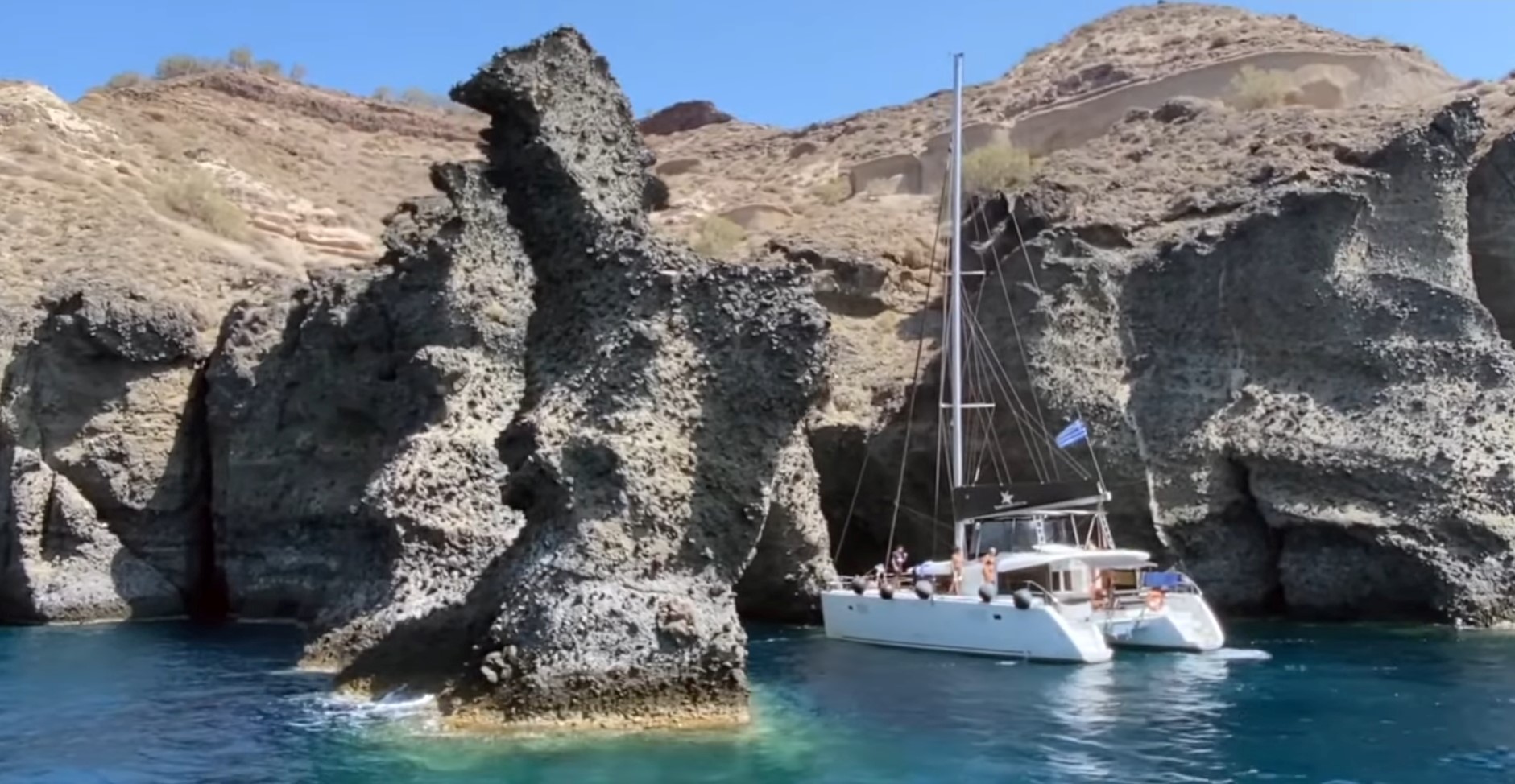
The Santorini caldera is a major tourist attraction, drawing visitors from around the world to its stunning scenery and unique geological features. The villages that cling to the cliffs above the caldera, including Oia and Fira, are among the most popular destinations on the island, and offer a variety of shops, restaurants, and accommodations for visitors.
In recent years, the popularity of the caldera and the surrounding area has led to concerns about over tourism and environmental degradation. Efforts are underway to promote sustainable tourism practices and to protect the fragile ecosystem of the caldera and the surrounding islands.
In conclusion, the Santorini caldera is a unique and stunning natural wonder, and a must-see destination for anyone visiting the island. With its steep cliffs, deep blue waters, and rugged volcanic landscape, the caldera offers a glimpse into the power and beauty of the natural world, and a reminder of the island’s rich geological history.

